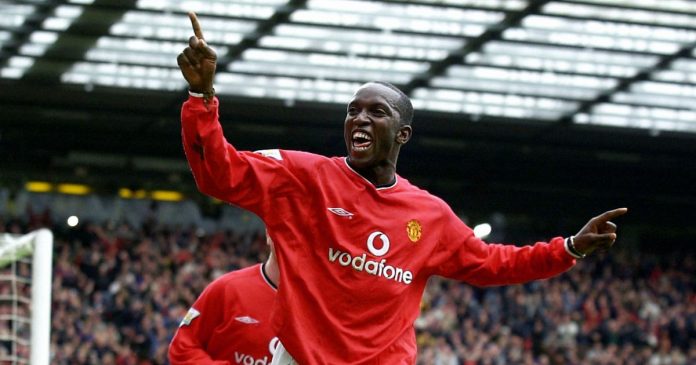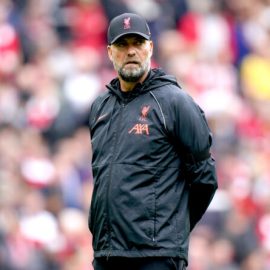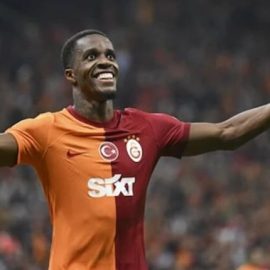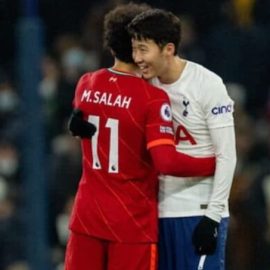It is beyond doubt that Kenny Dalglish’s reintroduction to the Anfield faithful has provided the catalyst for a sparkling run of form that has seen Liverpool win six and lose just two of their last nine league games. But what has actually altered on the pitch for The Reds to now find themselves just four points off the Champion’s League place that seemed unfeasible under Roy Hodgson?
When Dalglish first took the hot seat, he experimented with a 3-5-2 formation, which saw Glen Johnson switching from his familiar right-back slot, to a more unconventional left wing-back role. This particular tactical switch saw mixed results; however this was a clear indication that Dalglish wanted to do away with the 4-2-3-1 formation originated under Rafa Benitez. Dalglish presumably felt getting the best from Steven Gerrard involved the Liverpool captain playing from a more traditional central midfield role, without losing the security of two more rigid, holding midfield players.
Gerrard and record signing Andy Carroll’s recent injuries have forced Dalglish’s hand in some ways into reverting to a traditional 4-4-2 system. And it is in this style the joint record league winners have attained success. Johnson switched back to his more familiar responsibility, while Lucas and Raul Meireles have been charged with dictating Liverpool’s tempo. Dirk Kuyt has switched from his hard working role on the right of midfield into that of a penalty box striker, and this switch has been rewarded with 9 goals in his last 8 league games.
Additionally, Maxi Rodriguez is beginning to show the form that once made him a regular in the Argentinian national side, providing goals and creativity from the wide areas culminating in two hat tricks in his last three appearances.
But it is the introduction of another big money forward that has seemed to spark life into a previously impotent attack. Luis Suarez, the villain of the summer’s World Cup finals, has made an instant impact on Merseyside, showing the quick feet, low centre of gravity and penalty area nous that made him one of Europe’s most sought after strikers. Compared to the toiling, sullen frame of Fernando Torres in his last 18 months at Anfield, Suarez is a breath of fresh air which began with a goal on his debut and has showed little sign of halting.
Opta reports show Liverpool score 2.20 goals per game with Suarez, whilst only mustering 1.28 goals without him, an instant return on at least part of the nearly 20 million pounds Liverpool splashed out on him. Dalglish will have a pleasant problem on his hands when Carroll and Gerrard return to fitness, both in terms of formation and personnel.
Regardless of this current resurgence, Liverpool have lost 12 games to date (10th May 2011), which is indisputably far too many for a team who’s tag as one of the ‘Big Four’ is without doubt under threat. And it is only the inconsistency of the league in general which has allowed them to get as close as they have to the hallowed fourth place. With this in mind, it would be interesting to gauge from those connected to the club in particular whether this push for an unlikely European place is enough to deem the season a success or whether ultimately, another season away from Europe’s top table is deemed a failure.
However this season is evaluated, it is surely only a matter of time before Dalglish finds himself having to deal with the real pressure of filling the position on a permanent basis, with all the expectations that being the manager of Liverpool brings with it.
Add Sportslens to your Google News Feed!






